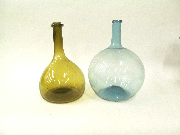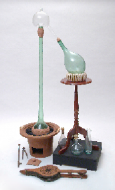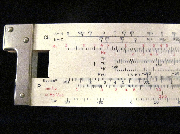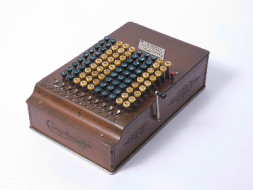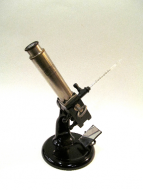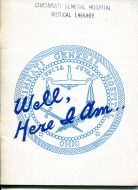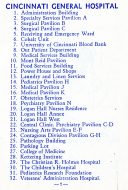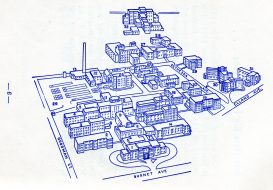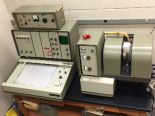
A recent article by Danniah Daher, graduate assistant to the Graduate School Office, entitled Scholar@UC: The Archive You Need, talks about the need to preserve and protect scholarly work and research data by submitting it to the university repository. Linda Newman, head of digital collections and repositories, is quoted as saying, “The mission of Scholar@UC is to preserve the permanent intellectual output of UC…We are very serious about preservation. We’re also very serious about access. We want to make the content accessible—content that otherwise would just be sitting on someone’s hard drive in their office. We consider preservation and access our two most important jobs.”
The full article can be read online at http://grad.uc.edu/student-life/news/scholaratuc.html.
Available at https://scholar.uc.edu/, Scholar@UC is a digital repository that enables the University of Cincinnati community to share its research and scholarly work with a worldwide audience. Faculty and staff can use Scholar@UC to collect their work in one location and create a durable and citeable record of their papers, presentations, publications, datasets, or other scholarly creations. Students, through an approved process, may contribute capstone projects such as senior design projects, theses, and dissertations.
The mission of Scholar@UC is to preserve the permanent intellectual output of UC, to advance discovery and innovation, to foster scholarship and learning through the transformation of data into knowledge, to collect a corpus of works that can be used for teaching and to inspire derivative works, and to enhance discoverability and access to these resources.

